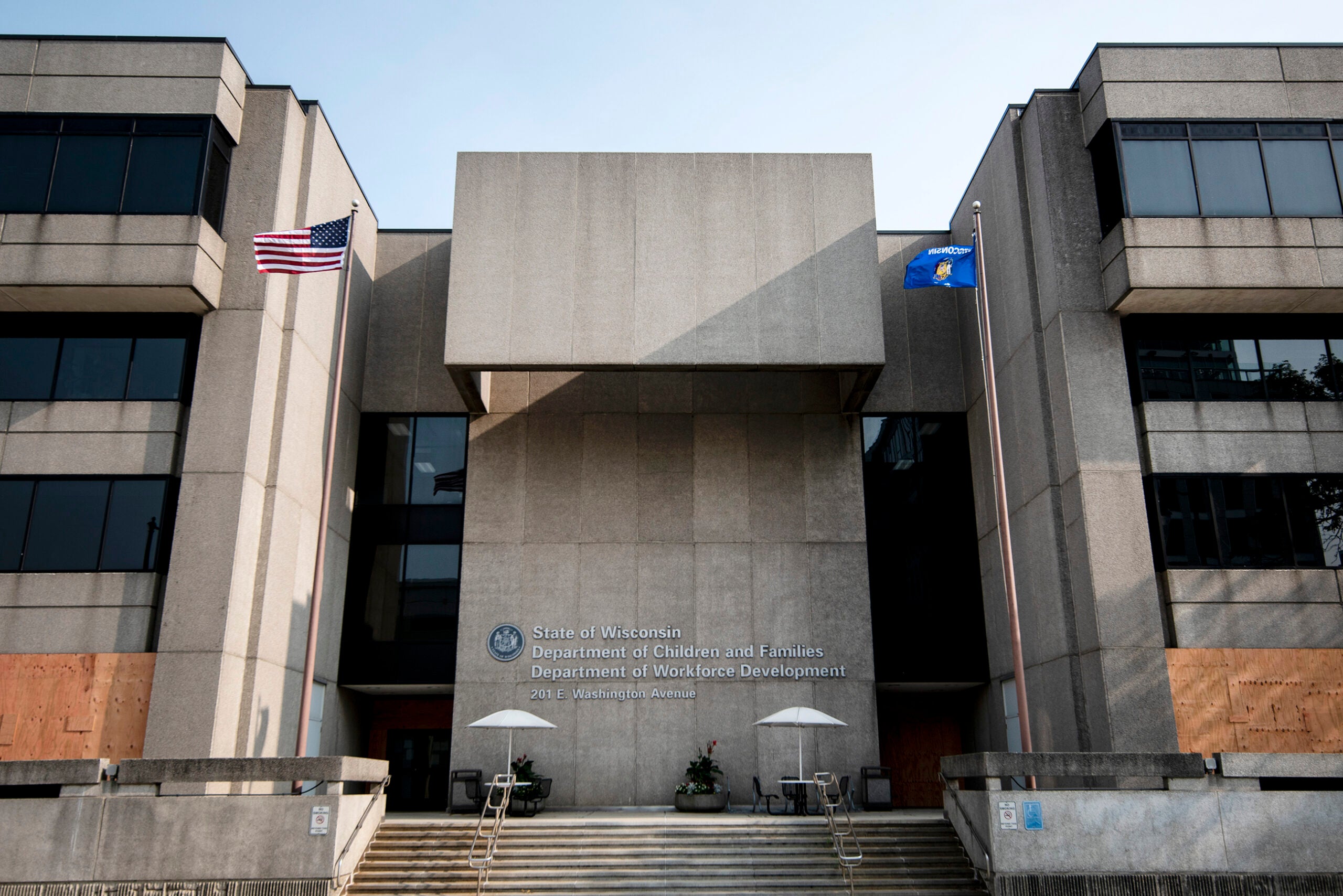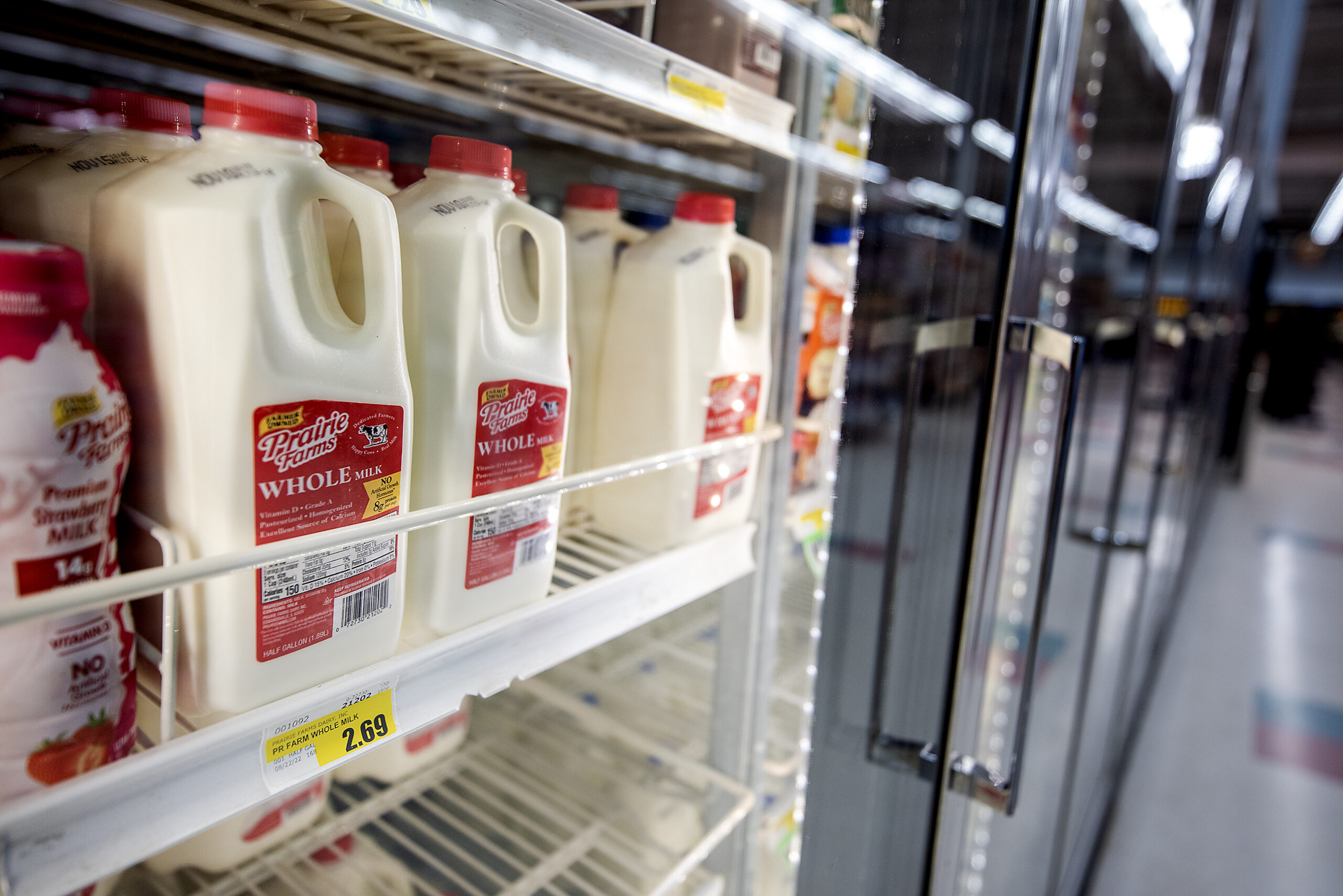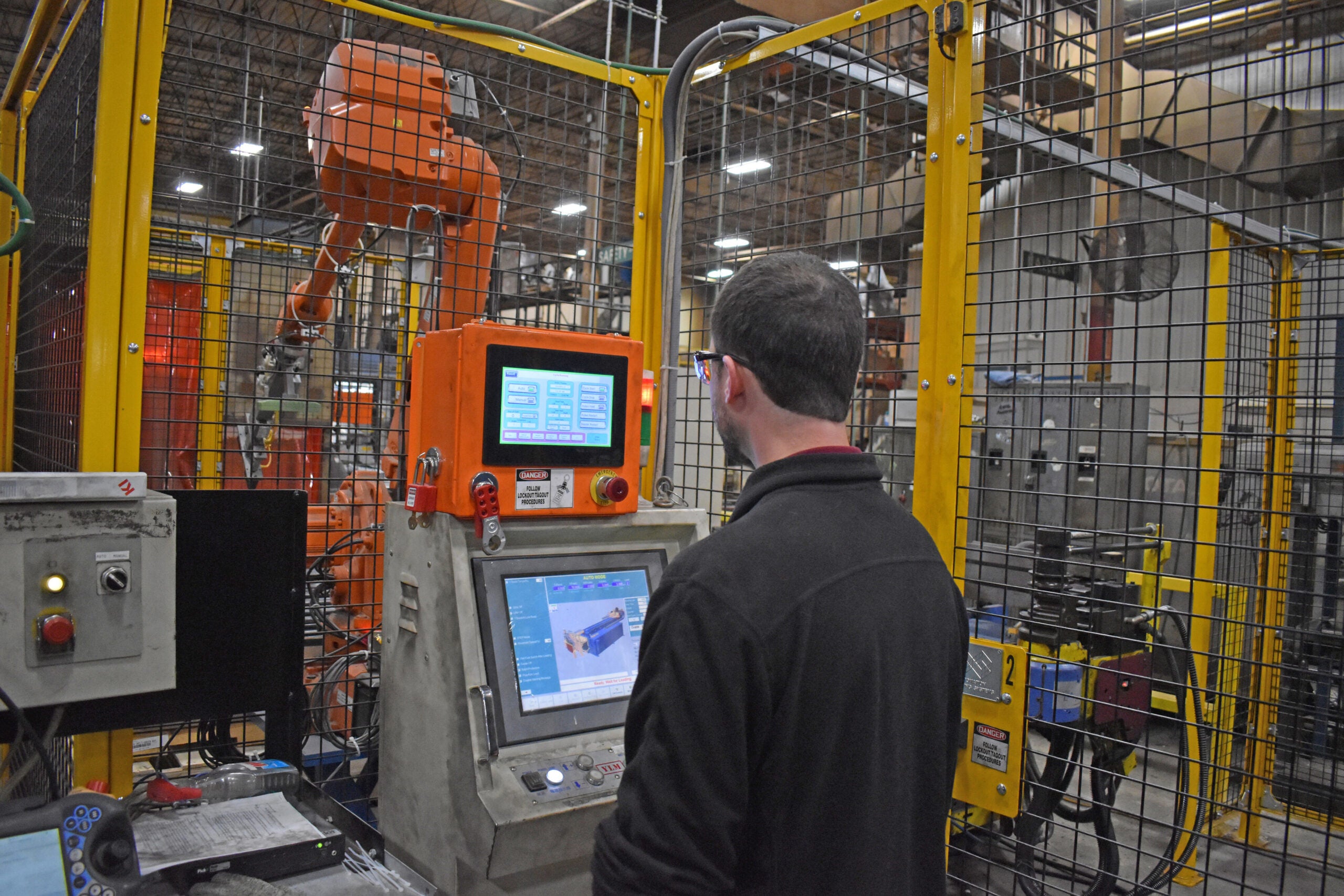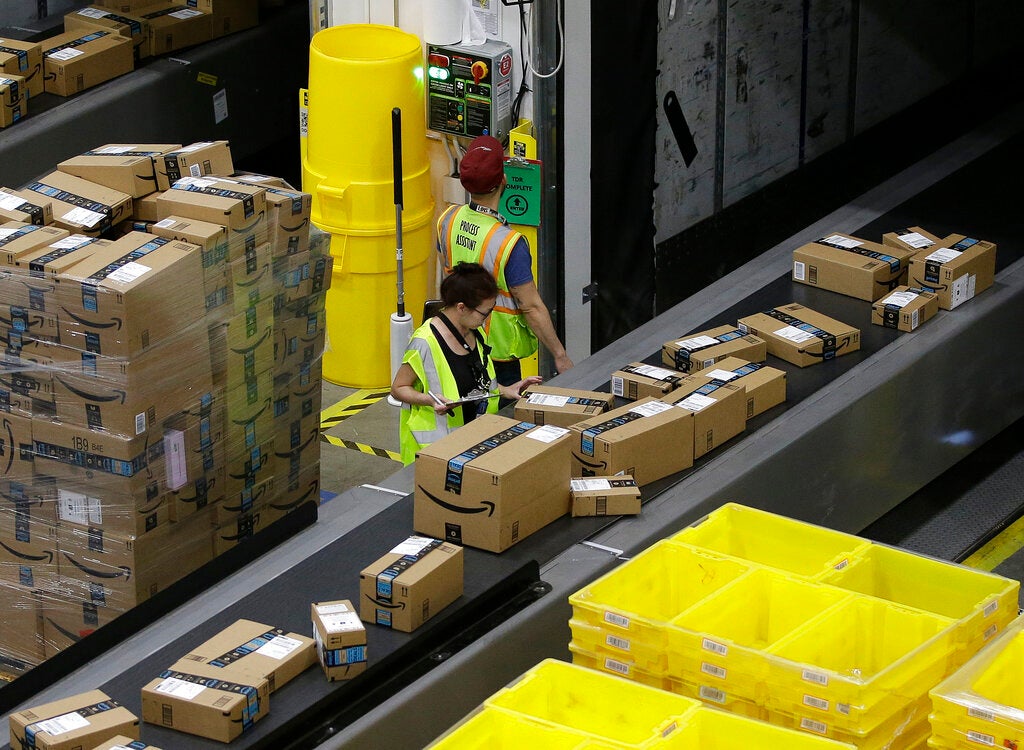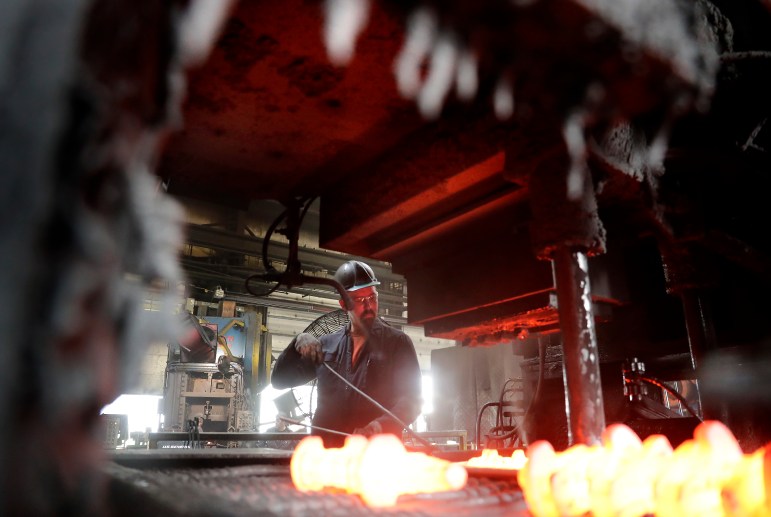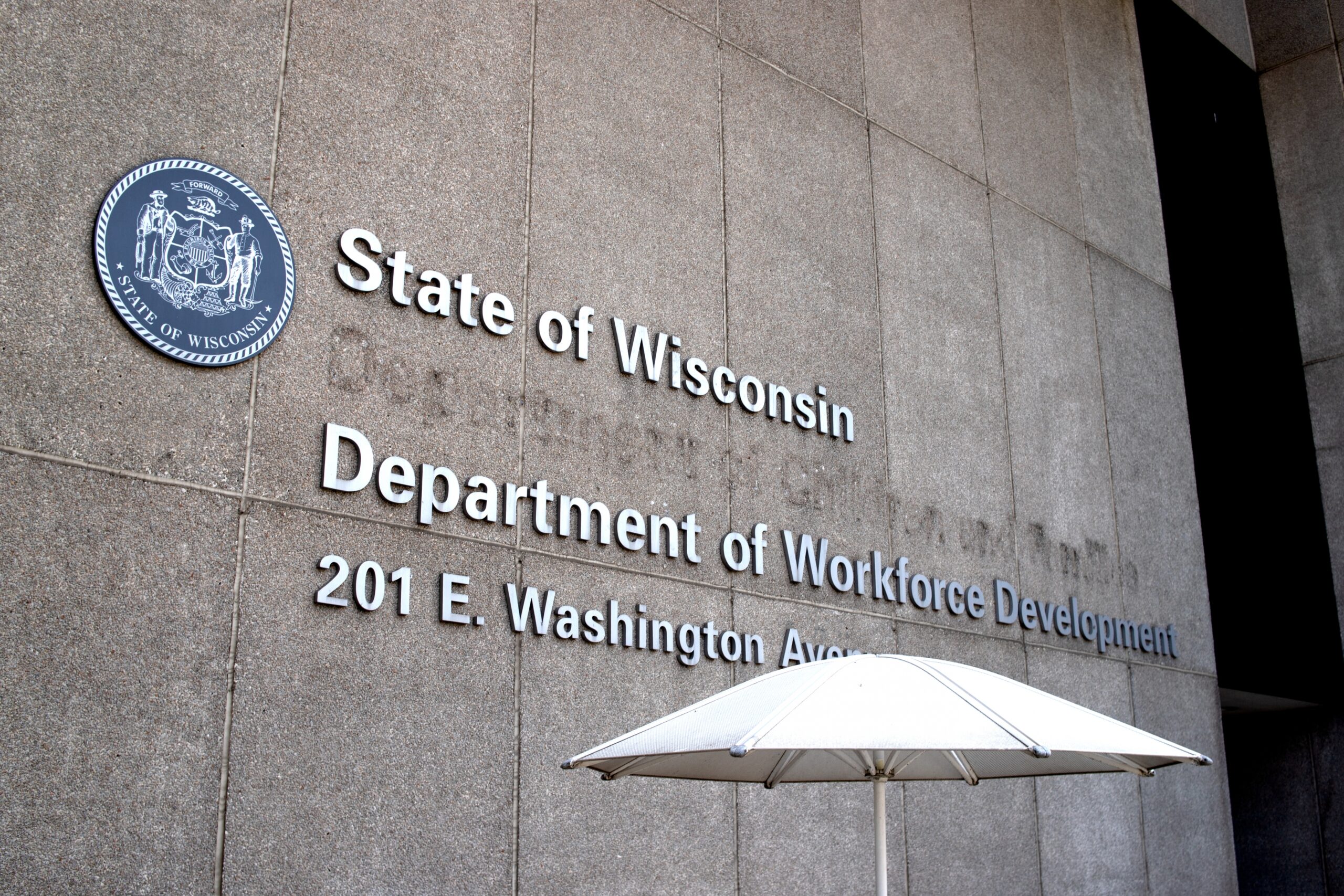Officials with the state Department of Workforce Development said unemployment insurance recipients will have to wait at least another two months before they can access new benefits that Congress created in December in the second round of federal coronavirus relief.
Pandemic Unemployment Assistance (PUA) was created by Congress in March 2020 to provide unemployment benefits to workers who aren’t typically eligible for unemployment insurance, like self-employed and contract workers. In the second round of federal coronavirus relief, Congress granted PUA recipients an extra 11 weeks of benefits under the program, meaning those who had previously exhausted their benefits could be eligible for nearly three months of additional benefits.
DWD updated its landing page for PUA benefits Friday evening to include a note informing recipients that the department plans to begin “payment of PUA extensions the week ending April 24, 2021.”
Stay informed on the latest news
Sign up for WPR’s email newsletter.
The note comes after the department declined to share its timeline for PUA benefits for more than two months after the benefits became law in December.
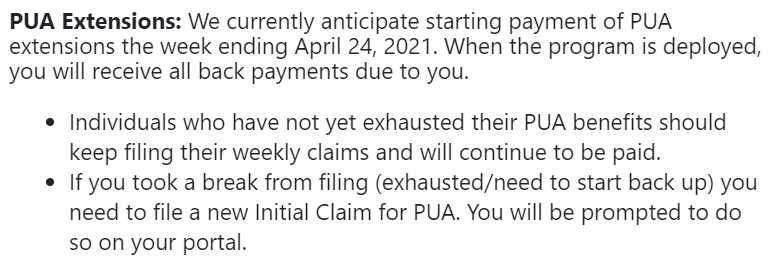
The months-long wait will be excruciating for thousands relying on the PUA program, as many have already tapped into personal savings, gone into credit card debt and resorted to selling things in an effort to make ends meet, according to multiple interviews with Wisconsin unemployment recipients.
In online unemployment support groups, many relying on the state’s unemployment system erupted into anger after receiving the news, with some calling the timeline a “fiasco” and others expressing outrage at the delay.
“They’re really upset,” said Chenon Times-Rainwater, unemployment activist and co-founder of the Wisconsin Unemployment Action group. “And I think they’ve realized … ‘OK I’ve been waiting this long, I don’t have another two months rent to wait.’”
In a Monday interview on WPR’s “The Morning Show”, DWD Secretary Amy Pechacek again blamed the delays on the department’s outdated computer system.
“Here in Wisconsin, with our 50-year-old mainframe COBOL system, it is very difficult for us to be nimble and flexible and get these programs up and running quickly,” Pechacek said.
But Times-Rainwater said the department’s computer system should not be an excuse for the long delays. Times-Rainwater pointed to California and New Jersey, other states that use the decades-old computer system COBOL, but have been able to get PUA payments out much quicker.
New Tool To Track Unemployment Program Progress
On Friday, DWD also announced the creation of a new webpage that allows unemployment recipients to track the department’s progress launching new benefits created as part of federal COVID-19 relief.
The tracker shows where the department is in implementing four new benefits created by Congress in December, and provides more detailed information about the different stages each new benefit must go through before payments go out to recipients.
For nearly a year since the start of the pandemic, Wisconsin unemployment recipients have been forced to wait weeks and months with no knowledge of when new benefits would be made available to them.
In a press release announcing the tracker Friday, DWD Unemployment Division administrator Mark Reihl acknowledged the importance of that information to Wisconsinites relying on the system.
“We understand how important these programs and benefits are to our neighbors across the state,” Reihl said. “We appreciate the impact these timelines have on people who have filed claims, and we’re working to implement these programs as quickly as possible despite our technological challenges.”
DWD has only launched one of the four new unemployment benefits created by Congress in December: The Federal Pandemic Unemployment Assistance (FPUC), which supplements weekly unemployment claims by $300 a week, began paying out in mid-January.
Pandemic Emergency Unemployment Compensation (PEUC) extends the amount of time someone can receive regular unemployment. In December, Congress similarly granted recipients an extra 11 weeks of benefits under that program. DWD has said it expects payments for new PEUC benefits to start going out in early March.
The department said it has prioritized work on each new benefit by the number of jobless Wisconsinites who could potentially qualify for the program.
But the months-long delay deploying benefits raises new questions about the potential for even longer delays in the next round of unemployment relief being discussed in Congress. As part of a larger $1.9 trillion “rescue package”, President Joe Biden is pushing to increase the federal unemployment supplement to $400 a week and extend enhanced unemployment benefits through September.
Unemployment insurance experts have warned that, in order for jobless Americans to not experience a lapse in benefits, new unemployment benefits would have needed to be signed into law by Feb. 14. That deadline came and went Sunday, and negotiations over the package continue as Republicans in Congress push for lower spending.
Wisconsin Public Radio, © Copyright 2025, Board of Regents of the University of Wisconsin System and Wisconsin Educational Communications Board.
